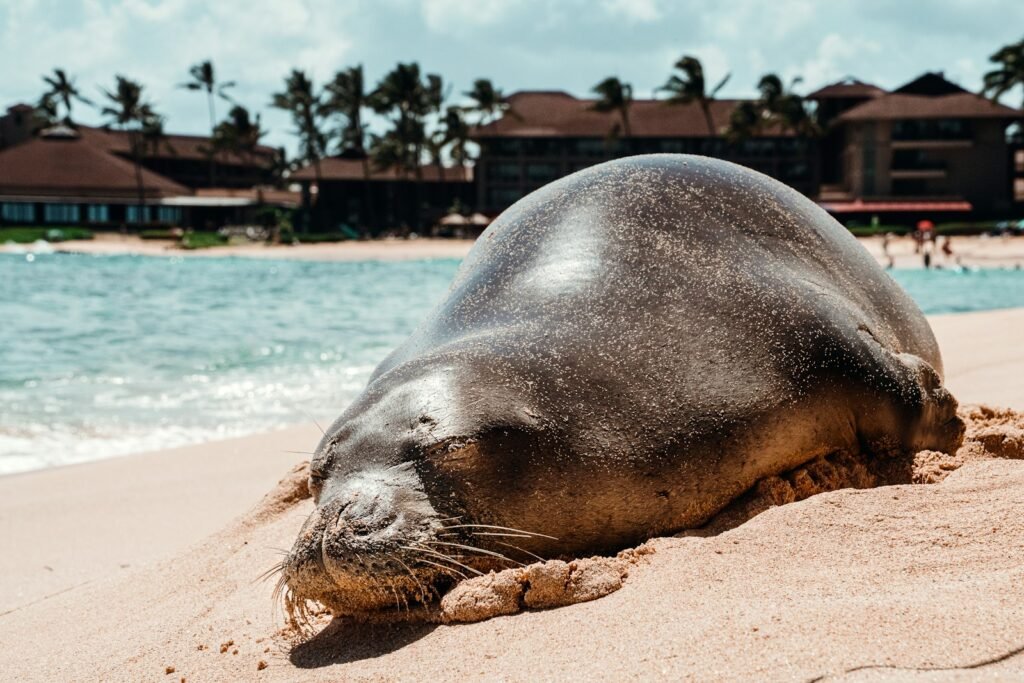The dinosaurs died when a huge asteroid hit Earth 66 million years ago. It caused firestorms, tsunamis, and a devastating “nuclear winter.” But, despite all chances, a population of little lizards barely bigger than a human finger lived near ground zero. These tough animals, called night lizards (family Xantusiidae), not only survived the disaster but thrived, making them the only known land vertebrates to stay in the impact zone. A new study shows how these small survivors lived through one of the deadliest events on Earth, changing the way we think about extinction and survival.
The Dinosaur-Killing Asteroid: A Doomsday Event
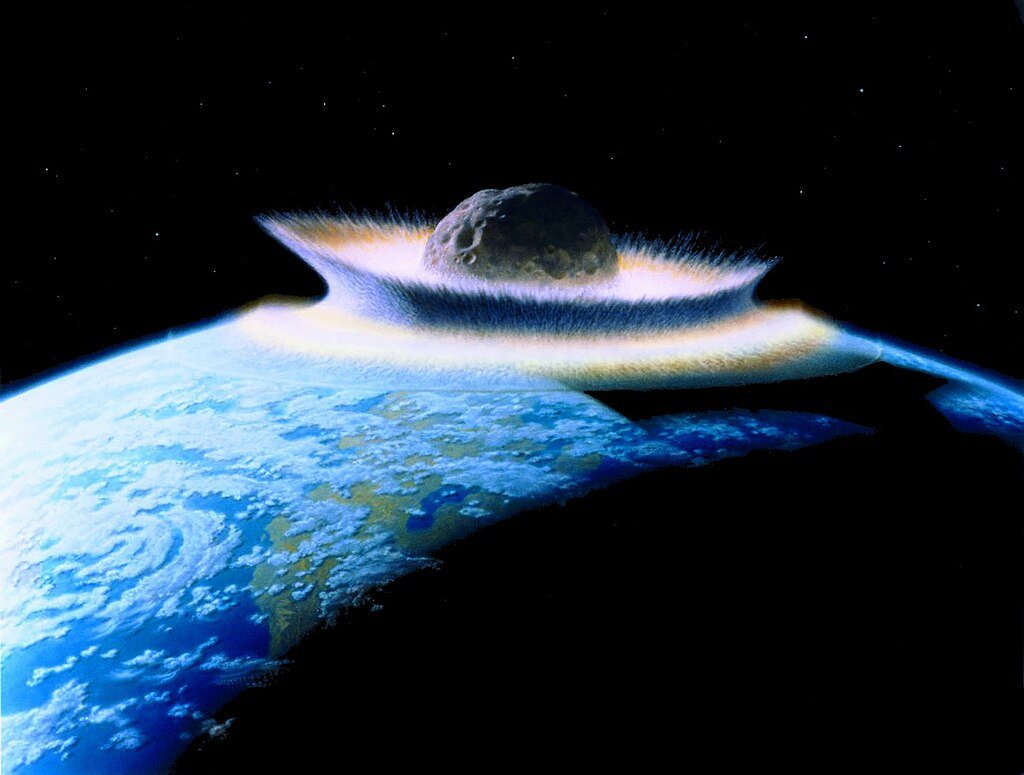
The asteroid that hit Mexico’s Yucatán Peninsula today was an incredible 7.5 miles (12 km) wide, making it much bigger than Mount Everest. The impact released energy equal to billions of atomic bombs, which caused earthquakes, wildfires, and a global dust cloud that blocked sunlight for years. The Cretaceous-Paleogene (K-Pg) mass extinction happened when temperatures dropped, plants died, and food chains broke down. It wiped out 75% of all species, including non-avian dinosaurs.
But in this hellscape, night lizards held on to life. Researchers now think that their secret was in their biology and the places they lived, which even the most dangerous dinosaurs didn’t have.
A Lizard’s Eye View of the Apocalypse
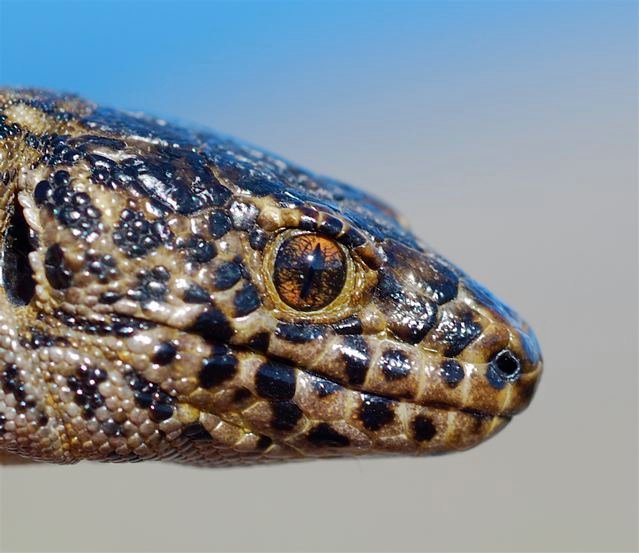
Picture yourself as a night lizard living in what is now Mexico, just a few hundred miles from the impact site. The sky would have become so bright that it would have hurt your eyes, and then a loud shockwave would have followed. There was a lot of debris, and the temperature rose quickly before dropping into a long winter.
“They would have been all around the edge of the asteroid impact,” says Chase Brownstein, the study’s lead author and an evolutionary biologist at Yale University. Night lizards had slow metabolisms, so they could go long periods without eating. This is different from large dinosaurs, which needed a lot of food. Because they were small, they also needed fewer resources to stay alive.
The Underground Refuge: How Night Lizards Escaped Extinction
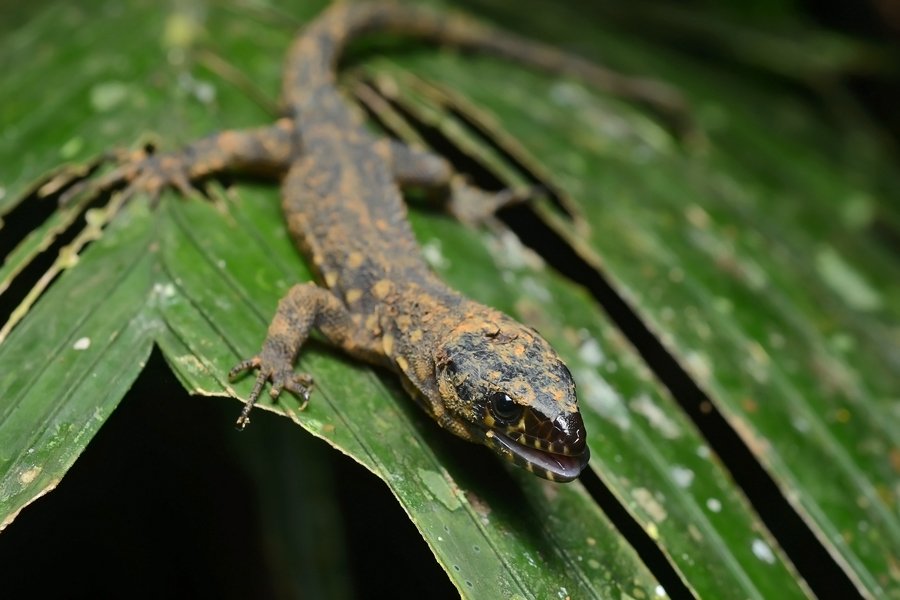
Night lizards didn’t only survive by chance; they have evolutionary advantages:
- Microhabitat Specialists: These lizards do well in rock crevices, decaying logs, and thick leaf litter shelters that keep them cool and safe from falling debris.
- Low Energy Needs: Because their metabolisms were slow, they could wait out food shortages that killed bigger creatures.
- Being active at night may have helped them dodge the worst of the wildfires and temperature changes that happened after the hit.
It’s amazing that two different lineages of night lizards survived the extinction and gave origin to all the species that are alive today.
DNA Detective Work: Tracing the Lizards’ Ancient Origins

Researchers used molecular clock dating to check their survival story. They looked at changes in the lizards’ DNA to figure out when different species split off from each other. The results, which were published in Biology Letters, showed that night lizards first appeared 90 million years ago, long before the asteroid hit.
Even more amazing, their populations in North and Central America stayed steady, showing that they survived the disaster right where it happened.
Why Did Other Survivors Vanish?
Just like night lizards, some birds, fish, and mammals also survived.” Unlike those birds or fish, however, the night lizards remained endemic to the impact region. Other small reptiles such as certain turtle and lizard species survived at first, but these were not sustained throughout time.
Brownstein explains that “The problem is that they just aren’t there anymore” while Xantusiids continued to thrive within the area.
Modern Relics of a Prehistoric Cataclysm
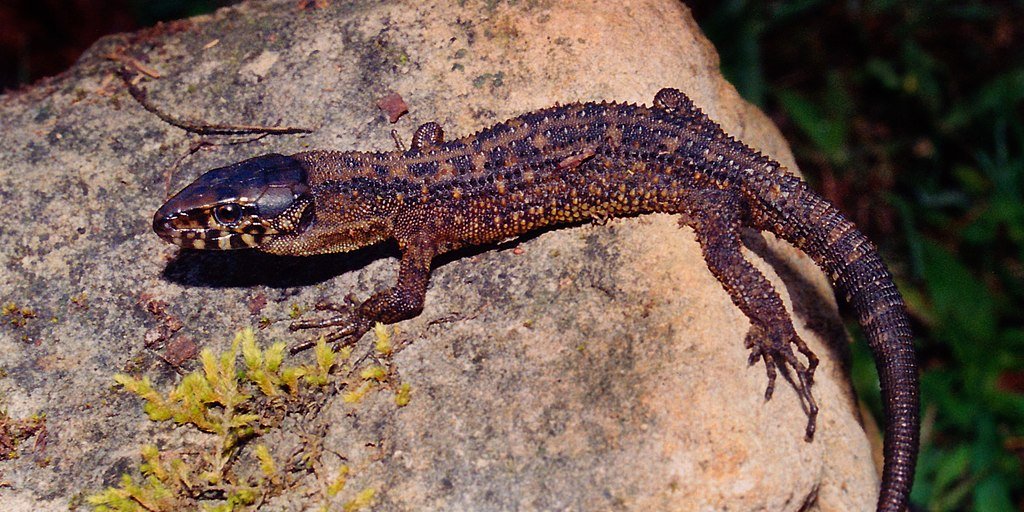
Night lizards still run through the same places that their ancestors did 66 million years ago. There are three living genera:
- Xantusia: Found in the southwestern U.S. and Mexico.
- Lepidophyma: It moves around from Mexico to Central America.
- Cricosaura: The only one left in Cuba.
They are still alive, which shows that sometimes the best way to stay alive is to be small, slow, and hidden.
What Their Survival Means for Science
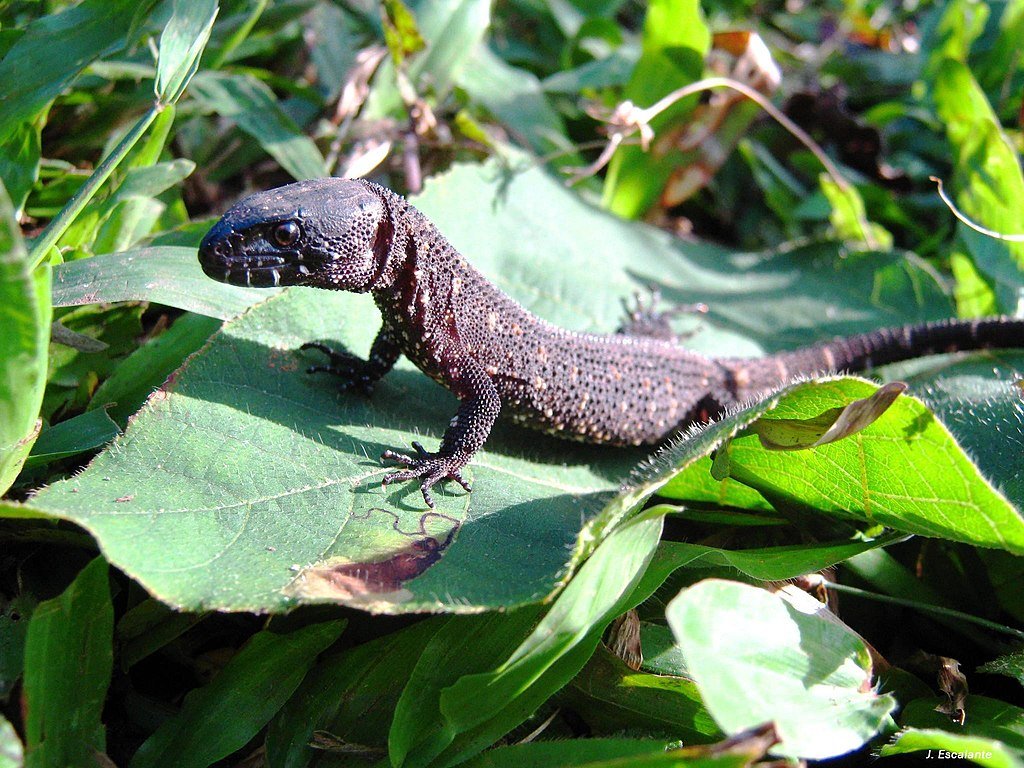
Night lizards go against the idea that only common or very adaptable species lived through the K-Pg extinction. Instead, they show that having a specific skill and living a low-energy lifestyle could be just as important.
Learning how these lizards survived may even help us understand how modern species are dealing with climate change and habitat loss. What does it mean for today’s animals in a world that is changing quickly if tiny lizards could survive an asteroid?
One thing is for sure, the small, tough creatures that lived on Earth after the giants died wrote its history.
Sources:

Jan loves Wildlife and Animals and is one of the founders of Animals Around The Globe. He holds an MSc in Finance & Economics and is a passionate PADI Open Water Diver. His favorite animals are Mountain Gorillas, Tigers, and Great White Sharks. He lived in South Africa, Germany, the USA, Ireland, Italy, China, and Australia. Before AATG, Jan worked for Google, Axel Springer, BMW and others.




